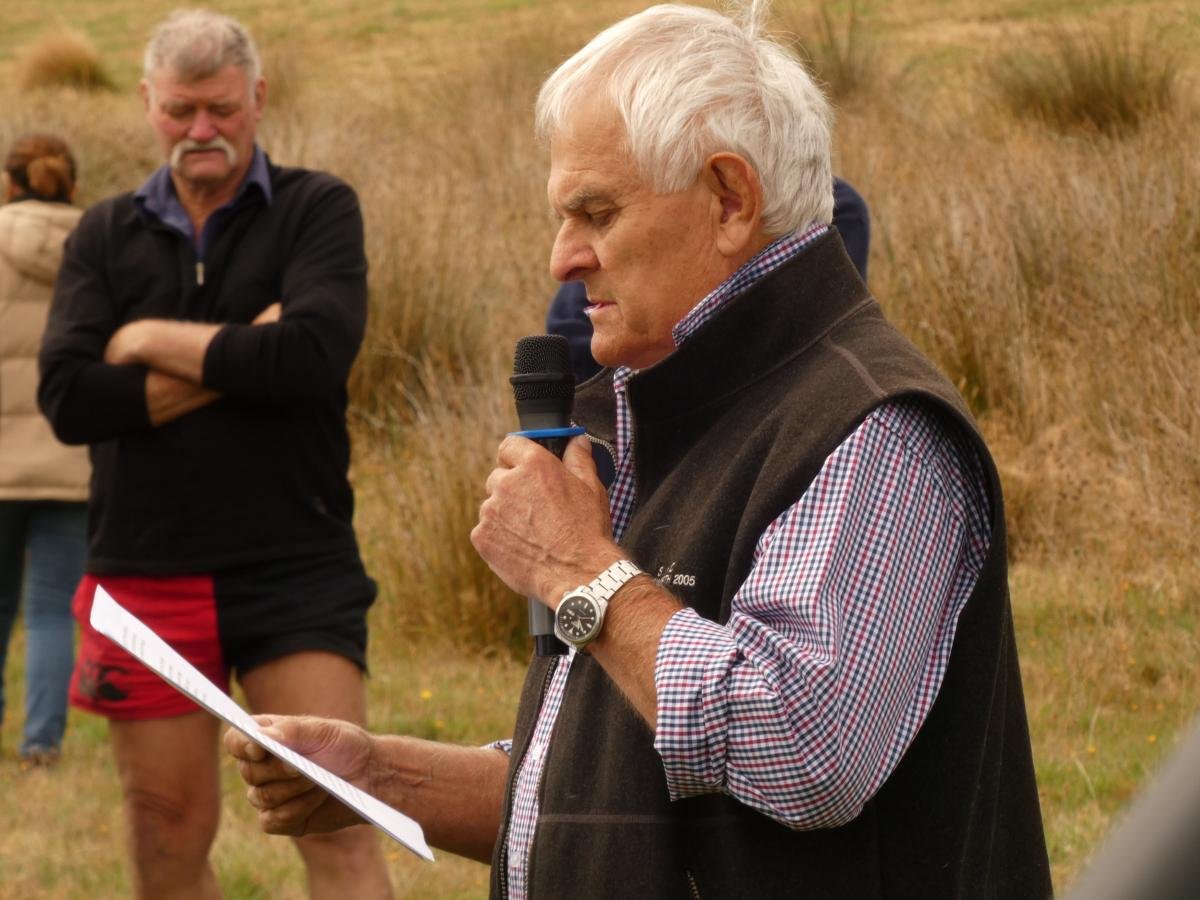A national wilding conifer programme managed by the Ministry for Primary Industries, is split into 79 management units, with less than half of them active as funding has dried up.
The programme had received $140 million from the government plus $20m from partners since 2016 and had made control gains the past four years.
Boffa Miskell biosecurity consultant Sian Reynolds said funding was entering dire territory as only 31 of the units were being managed this season.
“Some of these are barely getting enough funding to make a proper go of the problem,” she told 200 farmers at a high country field day by Federated Farmers.
“I think the most alarming stat among all this is there are another 42 management units that have wilding conifer infestations and require funding which currently receive nothing.”
She said funding was back to a baseline of just $10m per year when active management units alone needed a minimum of $40m a year to make positive strides in controlling wilding conifers.
Deferred control is estimated to increase costs by about 30% per year.
“For every $1 invested in wilding conifer control we save $34 — a no-brainer really — and by investing in wilding conifer control now we save us a major migraine in the future.”
About 10 conifer species are listed as wildings, including douglas fir, contorta pine, scot pine, corsican pine and radiata pine.
Boffa Miskell has managed the wilding conifer programme at the Mid Dome area in Southland since 2014 and the nation’s largest station of 180,000-plus hectares, Molesworth, since 2020.
About $12m has been spent on the Molesworth’s management unit of 230,000ha, which includes Molesworth Station and parts of Muller and Hossack stations, Cloudy Range and Mt Lyford, since 2020.
However, wilding funding has gone from $3.5m to $4m a season down to $900,000 a year.
As a result, wilding control had been abandoned in areas of national significance at Molesworth Station such as Tarndale and Sedgmere lakes, she said.
“The Saxton and Severn valleys on Muller Station are in dire need of funding to stop the spread of contorta from the Branch-Leatham management unit which is next door to Molesworth. This unit sits in the upper Wairau valley in Marlborough and is the worst uncontrolled infestation of wilding conifers in the country, yet .. it is not currently being funded.”
She said Molesworth and Muller were under constant pressure of invasion as they were being “rained on” by wilding seeds.
Ms Reynolds said well-managed planted forestry was the “right tree at the right place”, but wilding conifers were the wrong tree at the wrong place.
Areas were being lost to farming.
“In the programme we manage at Molesworth, this is the reality for the station with the Clarence River flats a prime example.
“Fifteen years ago they could happily muster stock through the area and now, however, you would have a hard time getting a dog through it, let alone an Angus cow.”
Conifer wildings known to infest about 90,000ha nationally have spread from government legacy planting, shelter belts, homestead plantings and forestry plantations.
She said the good news was the most invasive, contorta, did not produce seed until it was five-years-old, and — unlike gorse or broom seeds — wilding seeds rotted after a few seasons.
Parts of Flock Hill station and Craigieburn were examples of where control had been successful.
North Canterbury farmer Hamish Roxburgh said a major problem was dealing with the land after wilding conifers were removed.
“The best example of this is the compulsory acquired land on Simon’s Pass. The land was cut over and left and now there is a huge population of stirrup-high trees which will either be coning or close to coning. If these trees are not removed the initial investment will be waste and if that land had continued to be grazed the situation would not be so dire.”
He said good work in the national programme would fail if the seed source was not removed as a result of reduced funding.
The Branch-Leatham area was heading to become the country’s worst environmental disaster for the next generation, he said.
Mr Roxburgh said fire was an efficient and affordable method of controlling wildings.
His first use of fire after overnight rain burned out in under 40 minutes on 25ha at Barcaldine farm near Hanmer Springs in 1992.
Silver tussocks appearing a year after a 1995 fire were still on the face with no re-growth of bracken or trees.
When spraying wildings they were careful to avoid remnant native species as this encouraged the spread of desirable species. Extensive grazing encouraged their growth and kept down weeds, he said.
He said the area of native vegetation had trebled at Barcaldine the past 30 years with areas clear grazed in his youth now in impenetrable totara and other native stands.
Yet his offer of using fire as wilding control under a strategy of spray early in autumn, burn late winter and seed the following autumn had met a “brick wall” with politicians.
“The big problem with fire in any district is it fires up the keyboard warriors. They are impervious to reason and it’s a debate we cannot win.”
tim.cronshaw@alliedpress.co.nz













Leave a Reply